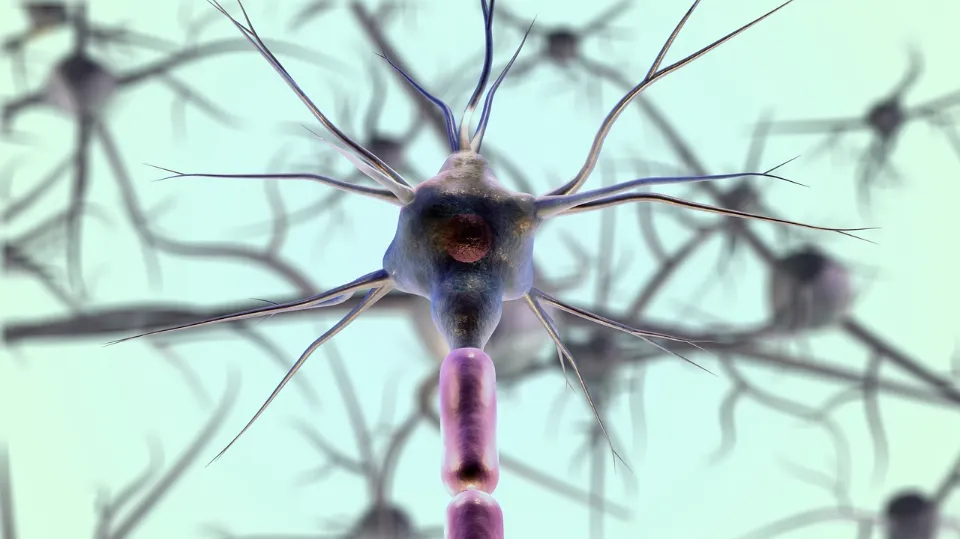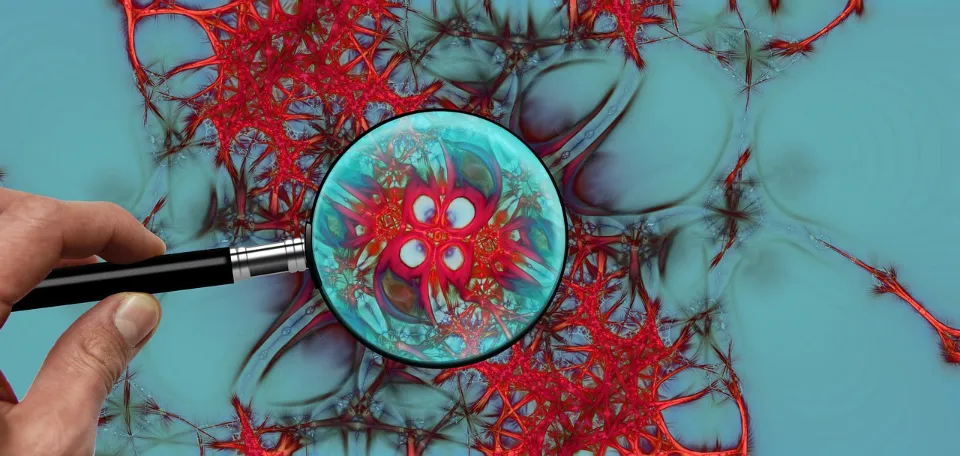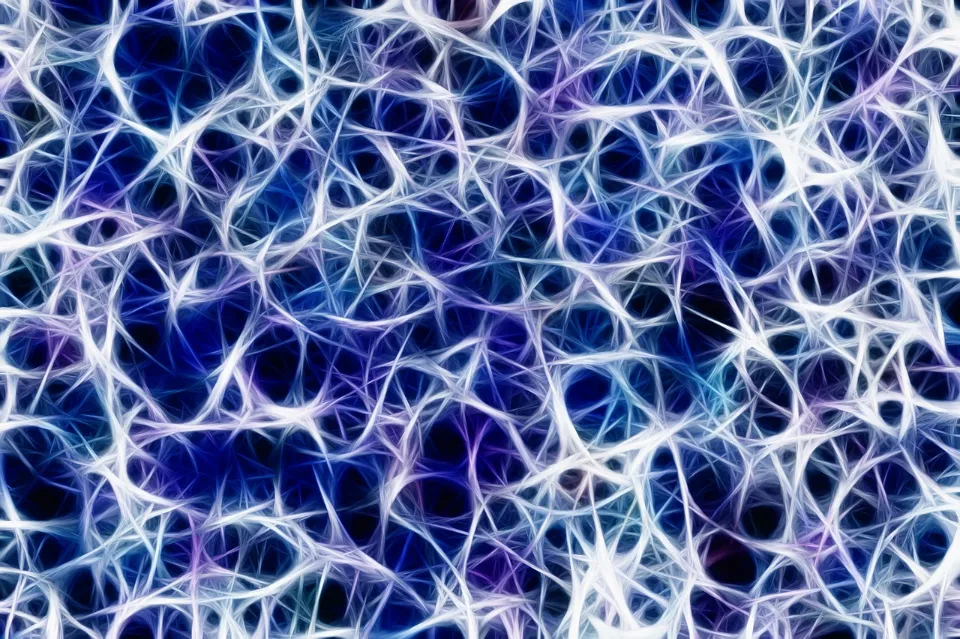
Fun Facts About the Nervous System – Surprising and Fascinating
The nervous system is a wonder of complex connections and operations that controls our thoughts, movements, and sensations.
We delve into a number of fascinating and little-known facts about the nervous system in this article. Be ready to be astounded by the wonders of this crucial system that influences our human experience, from its structure to its extraordinary adaptations.
The Different Types of Neurons

Neurons have four types:
- Signals from the central nervous system are sent to the body’s outer regions by motor neurons, which are what they are called.
- Sensory: Sensory neurons deliver signals from the glands, muscles, and skin on the surface of the body to the central nervous system.
- Receptors: Receptors sense your immediate environment, including light, sound, touch, and chemicals. Sensory neurons also send it after it has been converted into electrochemical energy.
- Interneurons: It is said that this neuron will communicate with other neurons.
The Body Has Billions of Nerve Cells
The body of every individual contains billions of neurons. In the spinal cord there are 13.5 million and in the brain there are about 100 billion. Neurons in the body utilize and transmit electrochemical energy (signals that are both electric and chemical) to other neurons.
Neurons May Look Different from One Another

Depending on their location in the body and their function, neurons can be different sizes and shapes. A long axon with a cell body in the middle connects sensory neurons, which have dendrites on both ends. Dendrites and a long axon are found in the middle of motor neurons, which have a cell body on one end and dendrites on the other.
There Are Two Parts of the Nervous System
A human being has a two-part nervous system. The central nervous system (CNS) and the peripheral nervous system (PNS) are two that stand out among them based on where they are in the body.
The skull and spinal canal both house the central nervous system (CNS). The spinal cord and brain’s nerves are included. The PNS comprises all of the remaining nerves in other body regions.
The Involuntary System is Broken Down into Three Parts
There are voluntary and involuntary components in both the CNS and PNS. These components are connected in the CNS, but not in the PNS, where they typically occur in various body regions. The sympathetic, parasympathetic, and enteric nervous systems are a part of the PNS that are not voluntary.
Your Nervous System Can Be Hacked

Scientists are now developing ways to “hack” into the immune system, gaining the ability to control brain cells with the flash of a light. Genetic modification can be used to instruct cells to respond to light.
The functions of various neuronal populations can be discovered by scientists through hacking. They have the ability to simultaneously activate many brain cells while observing the effects on the body.
The Roadway of Nerves
Bones and connective tissues protect the spinal cord. It consists of a mass of axons and neuronal cells. The vertebral column is joined to the medulla oblongata of the brain at its base. Superb track that is a part of the CNS. It enhances the nervous system factors of sensory information that motors command up and down to and from the brain. Via spinal nerves, these signals travel quickly in and out. Without including the brain responses, the spinal cord can transmit a reflex command.
The Brain- the Engine of the Body
This Nervous system organ connects perceptions and memory. The nervous system’s primary task may be information transmission, but do you get a nostalgic feeling when you smell a familiar scent? It occurs as a result of the limbic system, which creates two paired rings inside the brain. The hippocampus, cingulate gyrus, amygdala, and dentate gyrus are all parts of it. The limbic system is involved in different nervous system function that helps our memory, olfaction (even the range of our emotions and sense of smell. The limbic system as a whole is responsible for the aroma that makes you happy and prompts you to reach out for the food.
Neurons Can Look Different

Contrary to popular belief, not all neurons have the same appearance. Depending on where they are located in the body and how they are used, neurons vary in size and shape. The long axon connecting sensory neurons has dendrites on either end and a cell body in the middle. A long axon is located in the center of motor neurons, in contrast. dendrites on each end and a cell body.
Nervous System Has An Emergency Button
Our nervous system presses the flight or fight response when we are in danger; it functions somewhat like an emergency button to deal with a tense situation.
The sympathetic nervous system primes our body for action in such circumstances. This increases heart rate, widens the airways for easier breathing, and temporarily halts other bodily functions like digestion so that the body’s energy can be used to deal with the emergency.
Nervous System Has a Cool-Down Button
The parasympathetic nervous system supports bodily processes like digestion and stress relief when the body is at rest. This nervous system aids the body in cooling down and relaxing after a stressful period.
The bodily functions that were put on hold during the fight-or-flight response are now active, and the body’s energy is directed toward relaxation.
Signals through Your Are Transmitted Using Electricity
Electrical impulses that are triggered by alterations in chemical signals or the concentration of specific ions passing through neurons are used to transmit signals from one area of the human body to another.

Neurons Have Support Cells
Glial cells, which are support cells for neurons and can produce myelin to surround the outer parts of a neuron, can deal with microbes around neurons and aid in supplying the neurons with nutrients. Both the peripheral nervous system and the central nervous system contain these cells.
The Brain Doesn’t Stop Developing until Age 25
Spinal cord and brain together make up the central nervous system. The spinal cord is made up of a mass of nerve tissue and supporting cells that carry signals from the brain to the rest of your body. But did you know that the spinal cord stops growing on average at the age of four?
Although the brain may have stopped growing by the time you reach your adolescence, it is not thought to be fully developed until you are in your mid- to late-20s. This is because one of the last parts of the brain to develop is the prefrontal cortex, which is in charge of organizing tasks and setting priorities.
This explains why adolescents are more likely to act irresponsibly and engage in potentially harmful behaviors without taking the risks’ immediate or long-term effects into account.
The ability to accept new ideas and alter behavior may also get harder after your brain has fully developed. Research has shown that while social vitality and openness measures rise in adolescence, they fall off as people get older, though the reasoning behind this is not fully understood.
However, people from the ages of 20 to 40 were found to have higher levels of conscientiousness and emotional stability. The good news is that as you get older, you have the ability to actively decide to be open to learning, to other people’s opinions, or to new experiences.
Music Offers Many Brain Benefits
Have you ever wondered why hearing your favorite music makes you feel better? The dopamine and oxytocin that make you feel good are released when you listen to music, which activates the reward centers of your brain.
Because your mind associates a memory (or a fact) favorably with the song you are listening to, dopamine release may also aid in memory improvement. Make that study playlist right away, then.
The stress hormone cortisol is produced and released less when you listen to music, which lowers your blood pressure, heart rate, and cognitive function.
In particular for those who have suffered a stroke, brain injury, or both, music may also have the ability to heal the brain. Due to the fact that music is processed by the right side of the brain while language is processed by the left, music therapy can help close this gap and forge new neural pathways to enhance speech and language comprehension.





Average Rating